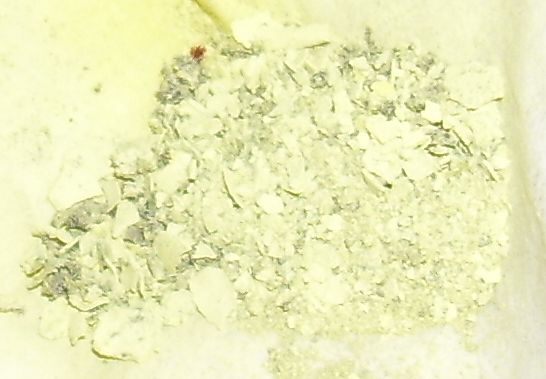tamerakshar
Well-known member
Will contaminating metals dissolve in HCL-CL ?
i'm focusing in copper residues, will it dissolve in HCL-CL ?
thx
i'm focusing in copper residues, will it dissolve in HCL-CL ?
thx

tamerakshar said:butcher,
i always find that grayish powder after the nitric bath, i think its tin and its a mess to filter.
Is this familiar to find these messy residues ?
thx for help.

Enter your email address to join: